The quickest way of crossing the continent of the Americas is to plunge yourself into the Panama Canal, an 82-kilometre stretch linking the Atlantic and Pacific Oceans. For some reason, the new slogan that the National Tourism Authority has chosen is Panama, the way (video). This country, situated halfway between north and south, provides a concise overview of the immensity of the Americas, distilling the essence of many of its complex characteristics.
The urban development of Panama City has been defined by an acute angle between the Pacific coast and the Canal Zone, which was established in 1904 – one year after Panama split from Colombia. Its disjointed and linear growth has generated a wide range of organisational systems that pose a challenge preconceived ideas. The lack of suitable legislation to ensure a traditional model of sustainable growth and the savage manipulations of private interests has had both disastrous and spectacular results.
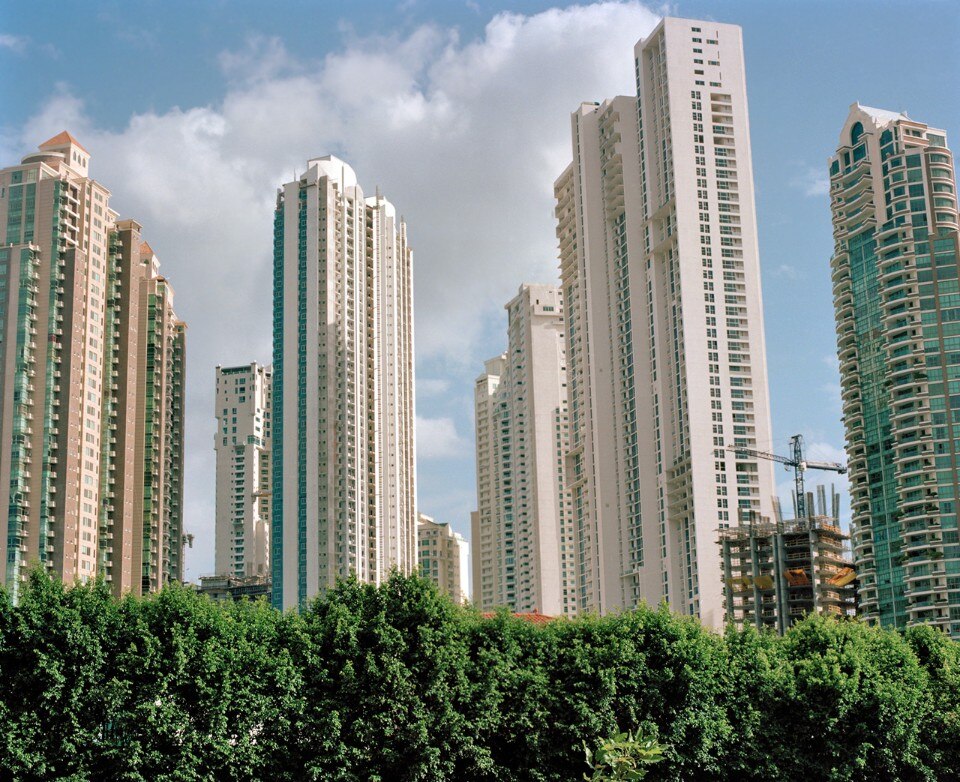
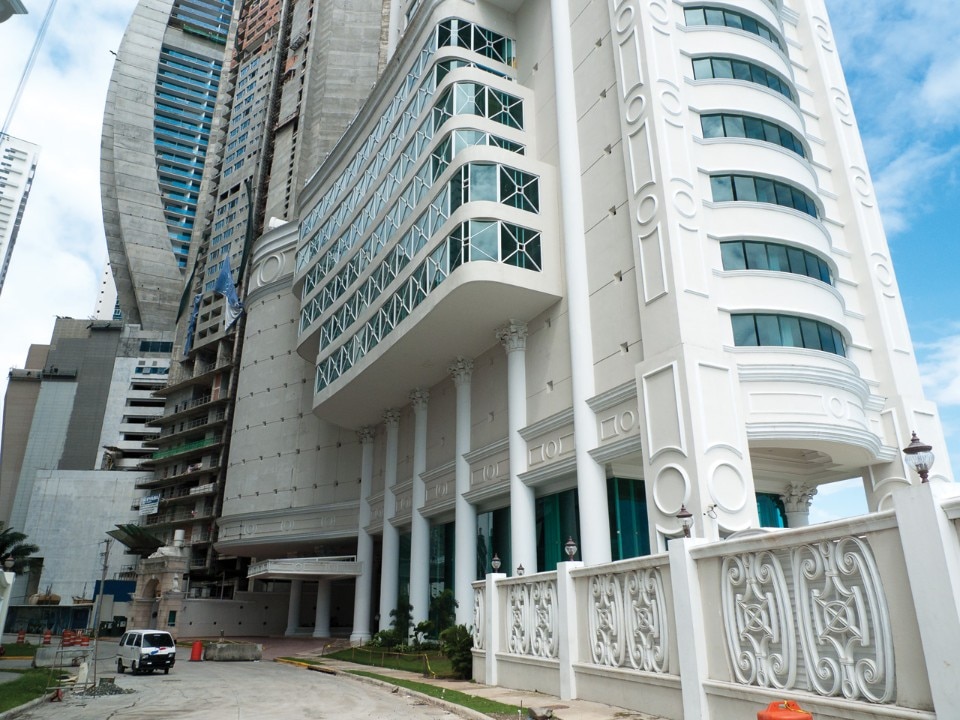
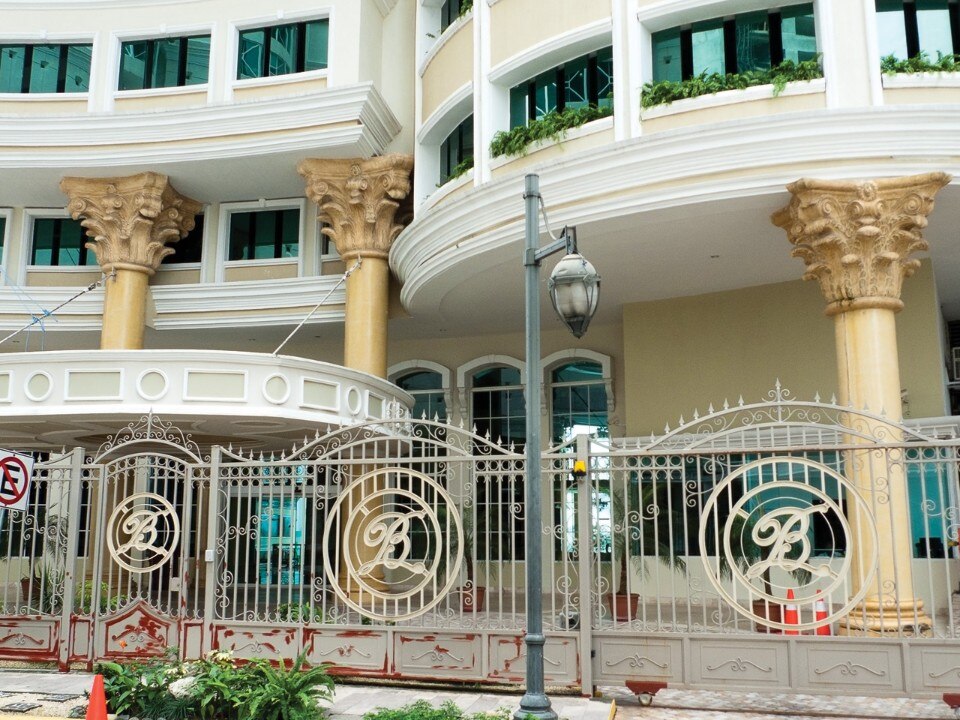
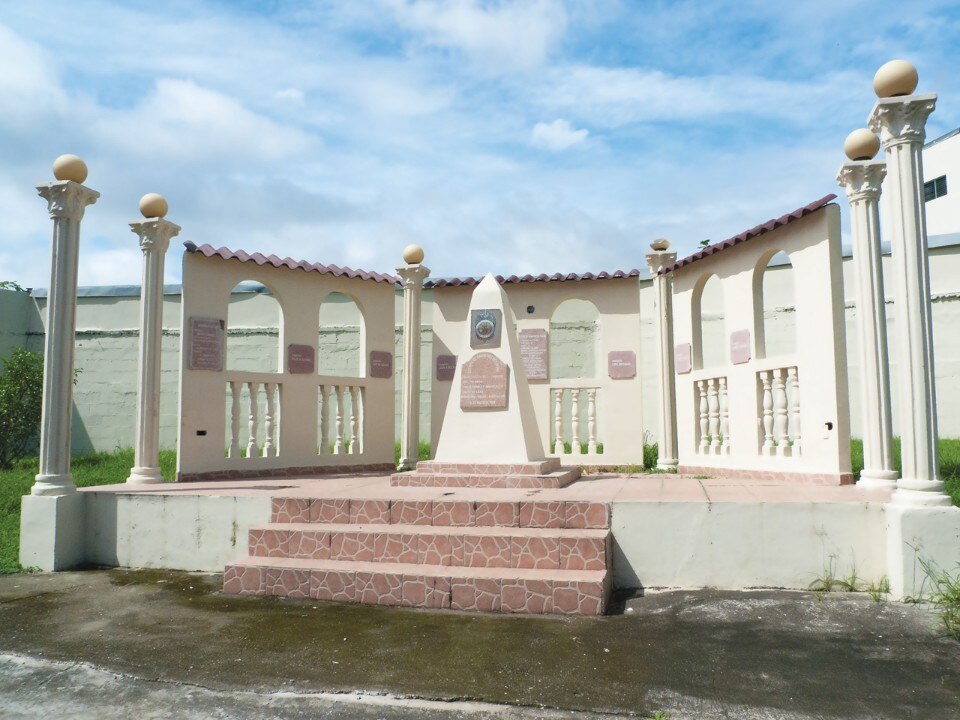
Like a patina polluting every surface, the theory of the so-called Popular Ugly Classic exerts a powerful influence over civil construction in Panama
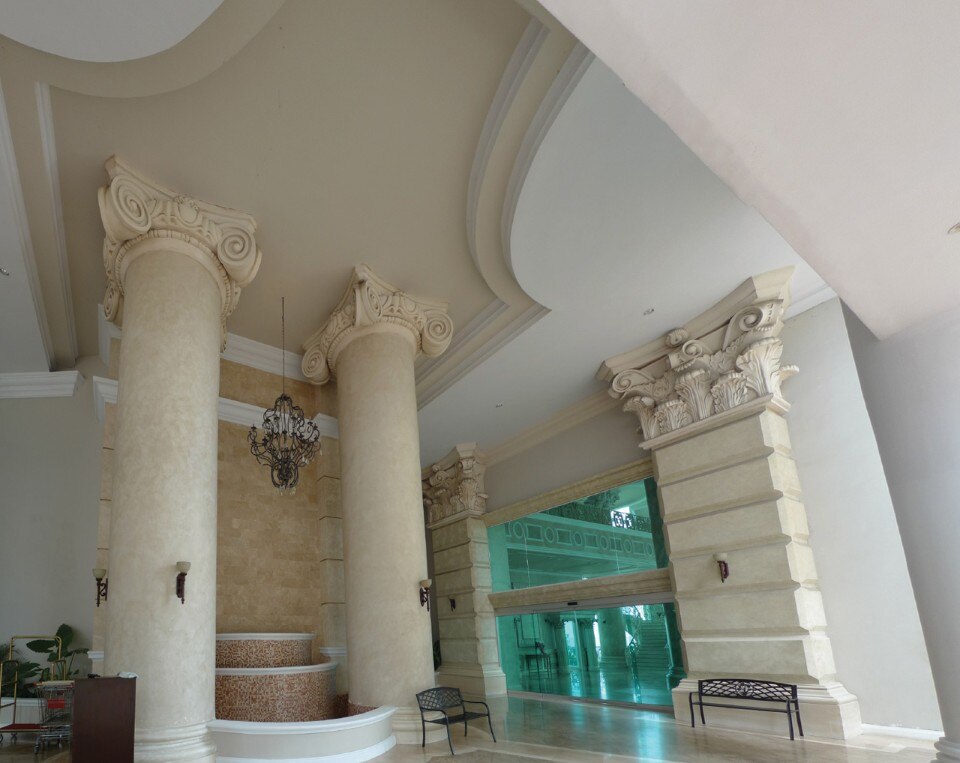
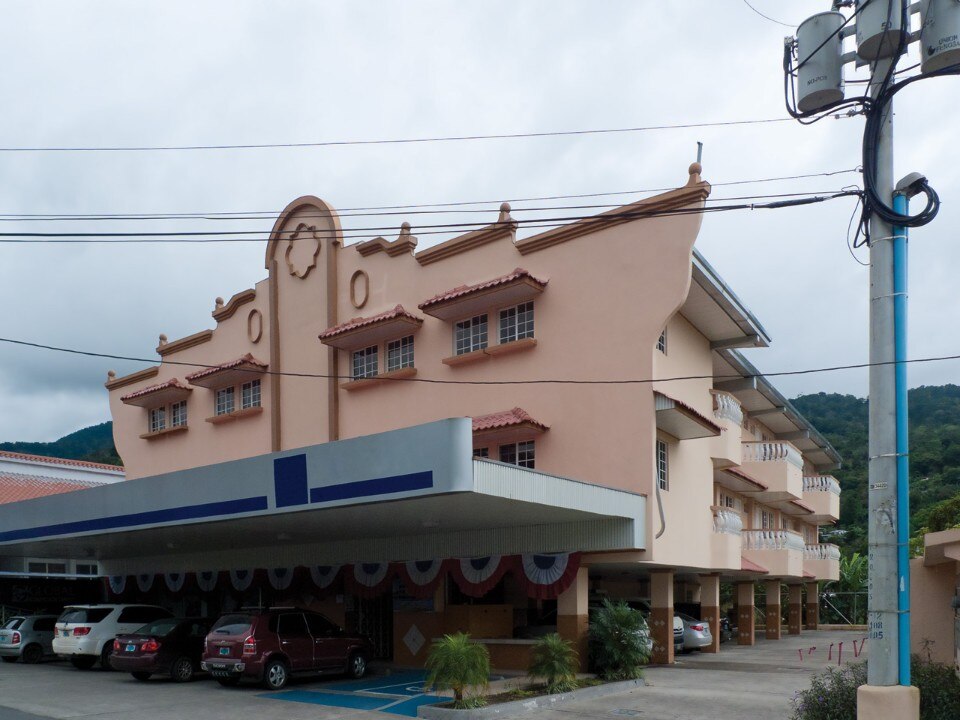
It is against this backdrop that we encounter the daring shapes of the future Bio-Museum designed by Frank Gehry. Also known as the Bridge of Life building, it is sited at the Canal’s Pacific entrance. According to the official blurb “it will be a new icon for Panama”, “a striking building unlike anything most of its visitors have ever experienced” and “a memorable experience, even when viewed from afar.”
Like other works by Gehry, its most significant feature is its arbitrariness of form, the vindication of a subjective creative impulse exercised through individual freedom. Its aspiration seems to be to activate the economy, reproducing the much sought-after Bilbao effect. While the titanium sheets of Spain’s Guggenheim gave it an unprecedented and soothing material continuity, Gehry returns to the heterogeneity of his early deconstructivist works in the Bio-Museum. He accentuates the fragmentation of the spaces with a deliberately excessive colour palette.
All we can do is await its inauguration in the spirit of Henry Miller at the age of 80: The most difficult thing for a creative individual is to refrain from the effort to make the world to his liking and to accept his fellow man for what he is, whether good, bad or indifferent. One does his best, but it is never good enough. — Isabel Martínez Abascal



